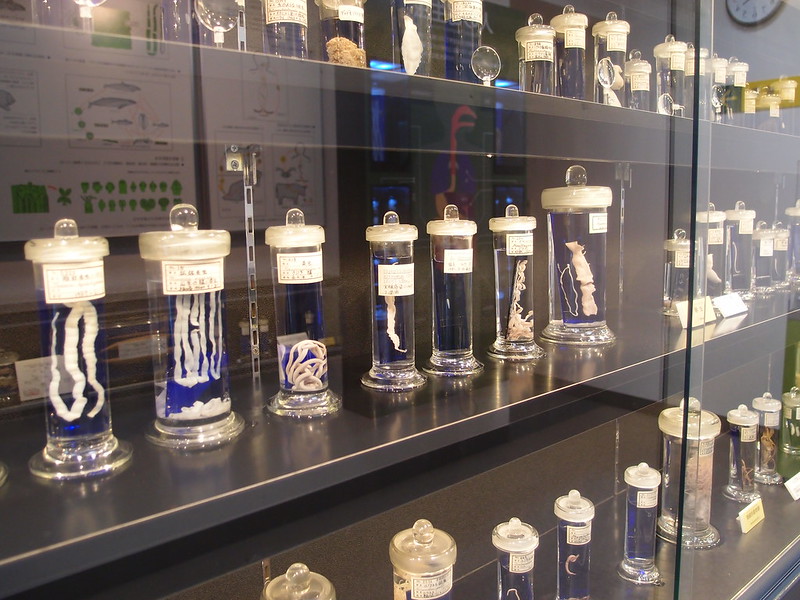The Fat Acceptance movement may seem like a 21st century phenomenon, rising to public consciousness with the success of high-profile writers, actors, filmmakers, and activists in recent years. But the movement can date its origins to 1967, when WBAI radio personality Steve Post held a “fat-in” in Central Park, bringing 500 people together to protest, celebrate, and burn diet books and photos of Twiggy. “That same year,” notes the Center for Discovery, “a man named Llewelyn ‘Lew’ Louderback wrote an article for the Saturday Evening Post titled, ‘More People Should be FAT.’” These early sallies led to the founding of the National Association to Advance Fat Acceptance (NAAFA) two years later and more radical groups in the 70s like the Fat Underground.
There would be no need for fat activism, of course, if there were no biases against fat people. This raises the question: where did those biases come from? They are not innate, says Harvard University evolutionary biologist Daniel Lieberman in the Slate video above, but are a product of a history that tracks, coincidentally, with the rise of mass marketing and mass consumerism. We have been sold the idea that thin bodies are better, healthier, more attractive, and more desirable, and that fat is something to be warred against. “However, as an evolutionary biologist, “says Lieberman, I’ve come to appreciate that without fat, we’d be dead. Humans wouldn’t really be the way we are. Fat is really life.”
A quick perusal of art history shows us that larger bodies have been valued around the world in much of human history. We now associate fat with poor health, but it has also signaled the opposite — a storehouse of caloric wealth and healthy fertility. “Our bodies have all sorts of tricks to make sure we never run out of energy,” says Lieberman, “and the main way that we store energy is fat.” Leiberman and other biologists in the video survey the role of fat in human survival and thriving. “Fat is an organ,” and scientists are learning how it communicates with other systems in the body to regulate energy consumption and feed our comparatively enormous brains.
Among animals, “humans are especially adapted to be fat.” Even the thinnest among us are corpulent compared to most primates. Still, the average human did not have any opportunity to become obese until relatively recent historical developments — in the grand evolutionary scheme of things — like agriculture, heavy industry, and the science to preserve and store food. When Europeans discovered sugar, then mass produced it on plantations and exported it around the world, sugar consumption magnified exponentially. The average American now eats 100 pounds of sugar per year. The average hunter-gatherer might have struggled the eat “a pound or two a year” from natural sources.
The over-abundance of calories has led to a type-II diabetes epidemic worldwide that is closely related to sugar consumption. It isn’t necessarily related to having a larger body, although fat deposits in the heart and elsewhere can worsen insulin resistance (and heart disease); the problem is almost certainly linked to excess sugar, the constant availability of high-calorie foods, and low incentives to exercise. Our hunger for sweets and love of comfort are not character flaws, however. They are evolutionary drives that allow us to acquire and conserve energy, operating in a food economy that often punishes us for those very drives. Dieting not only doesn’t work, as neuroscientist Sandra Aamodt explains in her TED Talk above, but it often backfires, making us even hungrier because our brains perceive us as deprived.
As scientists like Lieberman gain a better understanding of the role of fat in human biology, those in the medical community are realizing that doctors and nurses are hardly free from the societal biases against fat. Studies show those biases can translate to poorer medical care and bad advice about dieting, a vicious cycle in which health conditions unrelated to weight go untreated, and are then blamed on weight. Evolutionary biology explains the role of fat in human development, and human history explains its increase, but the question of where the hatred of fat comes from is a trickier one for these scientists to answer. They barely mention the role of advertising and entertainment.
In 1979, activists in the “Fat Liberation Manifesto” identified the problem as fat people’s “mistreatment by commercial and sexist interests” that have “exploited our bodies as objects of ridicule, thereby creating an immensely profitable market selling the false promise of avoidance of, or relief from, that ridicule.” Despite decades of resistance, the diet industry thrives. A Google search of the phrase “body fat” yields page upon page of unscientific advice about ideal body fat percentages, as though reminding the majority of Americans (7 in 10 are classified as overweight or obese) that they should feel there’s something wrong with them.
Blame, shame, and ridicule won’t solve medical problems, say the biologists in the video above, and it certainly doesn’t help people lose weight, if that’s what they need to do. If we better understood the role of fat in keeping us healthy, happy, and alive, maybe we could overcome our hatred of it and accept others, and ourselves, in whatever bodies we’re in.
Related Content:
How the Food We Eat Affects Our Brain: Learn About the “MIND Diet”
Exercise May Prove an Effective Natural Treatment for Depression & Anxiety, New Study Shows
Why Sitting Is The New Smoking: An Animated Explanation
Josh Jones is a writer and musician based in Durham, NC. Follow him at @jdmagness







